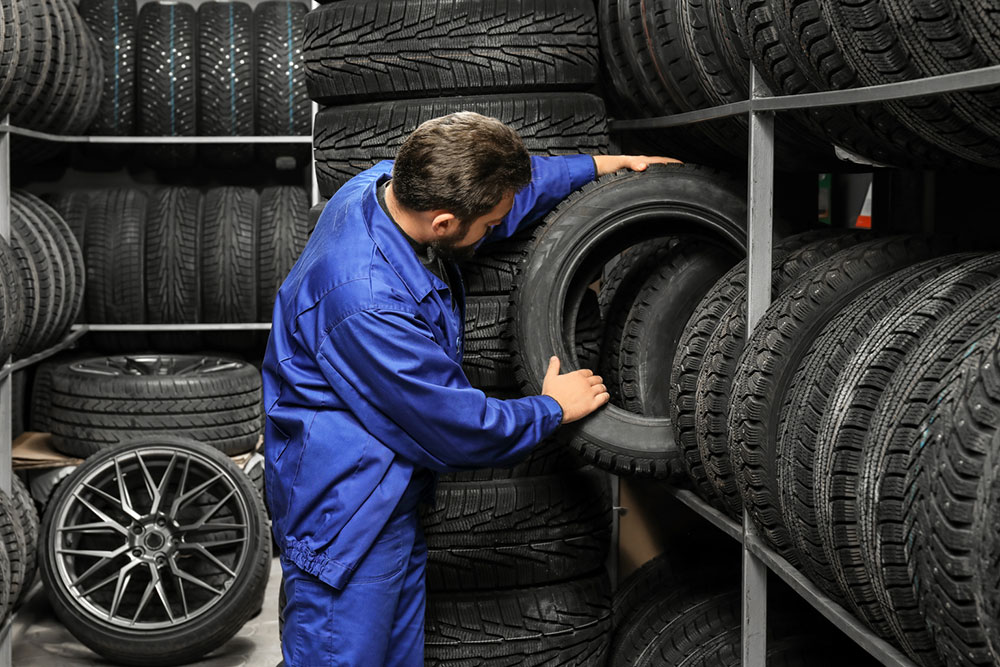6 mistakes to avoid when buying new tires

Replacing old tires is a key step toward ensuring a hassle-free driving experience. Tires improve the vehicle’s traction, performance, and safety. However, worn, under-inflated, or unsuitable tires can become a major safety hazard on the road. Further, hasty and incorrect decisions when choosing new tires can endanger lives as well as property. So, here are six of the most common mistakes one can make while buying tires and how to avoid them:
1. Ignoring personal driving style
The type of tire one needs is determined by their driving style. Some tires may be able to go faster than others, while others may be able to handle a high load capacity. One must always consider their vehicle’s needs and driving style while buying new tires.
2. Not understanding tire basics
Not all tires are made the same. Tires have around 19 to 25 basic components, including the inner lining, belts, beads, and rubber. These components work together to stabilize the tire while driving. The material (rubber) of the tire may also determine its suitability for certain environments. For instance, tougher, rigid tires may last longer in hot weather, whereas softer rubber may offer better traction in cold temperatures. One must spend some time learning these basics to choose the right tire.
3. Choosing the wrong tire
One of the most common mistakes on the list is choosing the wrong tire. Tires generally come with a code carrying details about their type, width of the tread, aspect ratio, radial construction, rim diameter, load rating, speed rating, and suitability for all-season driving. One must pay close attention to these details and match them with their existing tires and overall requirements. Buying tires with a lower speed or load index rating may impact the vehicle’s handling and provide a smoother ride.
4. Going to the wrong seller
Another important aspect to consider is the seller. Many dealerships replace worn-out tires with original equipment variants (tires initially fitted in the vehicle), which can be expensive. Here, one may turn to local tire shops for reasonable pricing and service. The alternatives also include discount tire retailers and online sellers, where one may need to pay separately for mounting and balancing. One should choose the most suitable option based on the budget, personal preferences, and seller expertise.
5. Overlooking fuel economy
When it comes to fuel economy, not all tires are built the same. Some variants can offer around 15 to 20% better fuel economy than others. If efficiency is a priority, one should stick to the original equipment tires.
6. Ignoring manufacturer recommendations
Based on the size, weight, load capacity, and off-road capabilities of the vehicle, all manufacturers recommend the right size and type of tire for each vehicle. Ignoring these recommendations could impact the vehicle’s speedometer rating, the timing of the shifts, fuel mileage, and uphill and downhill transmission changes, among other aspects. If one wants to switch to a different type, they must consult a professional and make adjustments. For instance, one can change the tire diameter if they maintain the correct load capacity and account for other potential problems.






